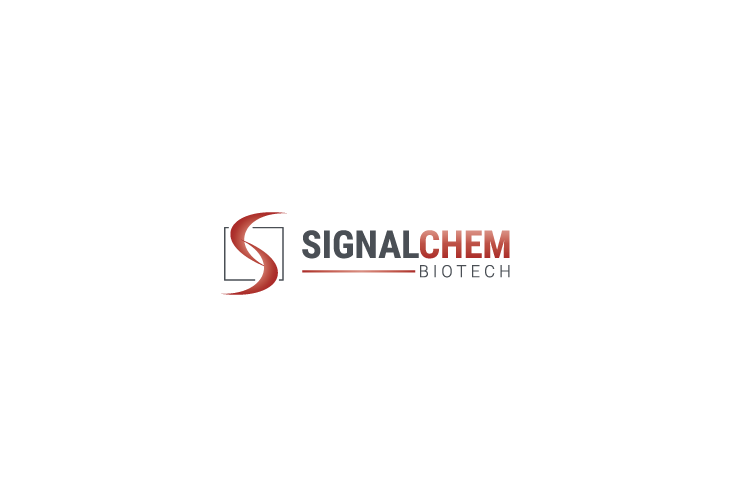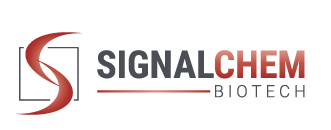Product description
Acetylation of the histone tail causes chromatin to adopt an “open” conformation, allowing trans factors increased accessibility to DNA. The identification of histone acetyltransferases (HATs) and their large multiprotein complexes has yielded important insights into how these enzymes regulate transcription (1,2). HAT complexes interact with sequence-specific activator proteins to target specific genes. In addition to histones, HATs can acetylate non-histone proteins, suggesting multiple roles for these enzymes (3). In contrast, histone deacetylation promotes a “closed” chromatin conformation and typically leads to repression of gene activity (4). Mammalian histone deacetylases can be divided into three classes on the basis of their similarity to various yeast deacetylases (5). Class I (HDACs 1, 2, 3 and 8) proteins are related to the yeast Rpd3-like proteins, those in class II (HDACs 4, 5, 6, 7, 9 and 10) are related to yeast Hda1-like proteins and class III proteins are related to the yeast protein Sir2. Inhibitors of HDAC activity are now being explored as potential therapeutic cancer agents (6,7).
Specifications
Host
Rabbit
Clonality
Polyclonal
Supplier
SignalChem
Shipping & storage
Shipping condition
Blue Ice
Storage temperature
-20°C
Do you have any questions about this product?
Price on Request
Productname
Anti-HDAC1
H83-63R-25
Are you looking for specific products, alternatives or documentation?












